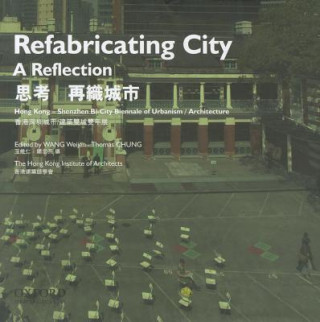
Kod: 04512168
Refabricating City: A Reflection
Autor Weijen Wang, Thomas Chung
This publication is at once a record of and a reflection on the Biennale. The book consists of four main parts. The first part Forum features interviews with Ralph Lerner, Chang Yung-ho, Rocco Yim and Wang Weijen, as well as Leo L ... więcej
- Język:
 Angielski
Angielski - Oprawa: Twarda
- Liczba stron: 312
Wydawca: OXFORD UNIV PR, 2011
- Więcej informacji o książce

92.42 zł
Zwykle: 92.45 zł
Oszczędzasz 0.03 zł
Dostępność:
50 % szansa Otrzymaliśmy informację, że książka może być ponownie dostępna. Na podstawie państwa zamówienia, postaramy się książkę sprowadzić w terminie do 6 tygodni. Gwarancja pełnego zwrotu pieniędzy, jeśli książka nie zostanie zabezpieczona.
Otrzymaliśmy informację, że książka może być ponownie dostępna. Na podstawie państwa zamówienia, postaramy się książkę sprowadzić w terminie do 6 tygodni. Gwarancja pełnego zwrotu pieniędzy, jeśli książka nie zostanie zabezpieczona.Przeszukamy cały świat
Zobacz książki o podobnej tematyce
-
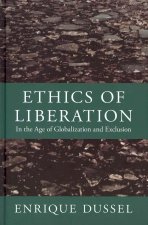
Ethics of Liberation
737.58 zł -5 % -
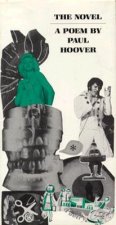
Novel
94.52 zł -9 % -

Credo
51.83 zł -23 % -
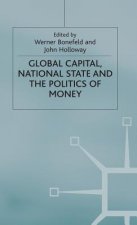
Global Capital, National State and the Politics of Money
563.08 zł -
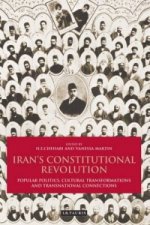
Iran's Constitutional Revolution
962.82 zł
Bon podarunkowy: Radość gwarantowana
- Podaruj bon o dowolnej wartości, a my się zajmiemy resztą.
- Bon podarunkowy dotyczy całej naszej oferty.
- Możesz wydrukować elektroniczny bon z e-maila a następnie przekazać go obdarowanemu.
- Ważność bonu wynosi 12 miesięcy od daty wystawienia.
Powiadomienie o dostępności
Wpisz swój adres e-mail, aby otrzymać od nas powiadomienie,
gdy książka będzie dostępna. Proste, prawda?
Więcej informacji o Refabricating City: A Reflection
Za ten zakup dostaniesz 54 punkty
 Opis
Opis
This publication is at once a record of and a reflection on the Biennale. The book consists of four main parts. The first part Forum features interviews with Ralph Lerner, Chang Yung-ho, Rocco Yim and Wang Weijen, as well as Leo Lee's interpretation, Zhu Tao's and Ruan Ching-Yue's critiques, Liu Jiakun's and Huang Sheng Yuan's reflections on the Biennale. We also invited twenty participants of the Biennale for their feedbacks, and the first members of the Steering Committee to share with us the origins of the Biennale. These various texts, by commenting on common issues such as the uniqueness of Hong Kong's urban spaces vs. the ordinariness of her architecture, the role and future of the Hong Kong-Shenzhen Biennale, historical buildings and the meaning of public space, provide us valuable references for strategizing on the future of our architecture and city. The second part Exhibition, which makes up the main content of this book, presents our visual record of all exhibits. The third part Venue and Event documents our understanding of the Central Police Station, the design and implementation, as well as the curatorial planning and program. The fourth part is Lecture and Dialogue, which includes five main lectures and six dialogue events covering important topics related to the Biennale theme: refabrication and regeneration, memory and future, the global and the local, Hong Kong and Shenzhen, urbanism and landscape. In the course of editing this book, the 2009 Biennale has already launched in West Kowloon, and the direction of Central Police Station Compound and West Kowloon Planning has also became clearer. At the same time, citizen protests on the development of high-speed railway start to grip the attention of the Hong Kong media. This reminds us of the situation on the eve of the Biennale opening two years ago, when conservation activists and the media questioned the usage of historical buildings as the venue for an architecture biennale. In dealing with this crisis, we came to realize that what we were faced with were our frustrated citizens, who suffered chronically under the hegemony of procedural rationality, and who just had the urban memory of Star Ferry and Queen's Pier wiped out. We requested our exhibiters to amend their exhibit design in the last minute to leave intact any of the internal furnishings, not because we shared the nostalgic attitude of treating historical architecture as untouchable antiques, but because we believed this Biennale also took part in the urban process of shaping our public space: it was an urban process of consensus-building and negotiation for a shared urban value. If every biennale could become an urban process of what Michel de Certeau theorized as the "practice of everyday life", it could certainly in many ways inspire our cultural imagination on space. Through the exhibits' interpretation and appropriation of a walled colonial prison compound, and the visitors' occupation of prison cells and courtyards, the 2007 Biennale engendered a double reading between architectural display and urban history. By setting up temporary exhibition structures and landscape in West Kowloon, the 2009 Biennale, opened up the public's experience, reflection and projection of this future cultural space. By bringing our citizens into the exhibition venue, it is hoped that the Biennales will lead them to look into the spatial possibilities of the architecture: In what form should the public space take? What kind of cultural forum should it provide? What sort of strategy on public space will the government's new proposals offer? Whether it is the Biennale at Central Police Station or at the West Kowloon, through an urban processes of exploration in public space and participation in cultural forums, would our citizens be able to generate discourses to counter or negotiate with the procedural rationality, therefore be ready to state clearly what is needed for our city is more than an iconic landmark, but a public realm that allows everyone to interchange on all levels?
 Szczegóły książki
Szczegóły książki
Kategoria Książki po angielsku The arts Architecture Landscape art & architecture
92.42 zł
- Pełny tytuł: Refabricating City: A Reflection
- Autor: Weijen Wang, Thomas Chung
- Język:
 Angielski
Angielski - Oprawa: Twarda
- Liczba stron: 312
- EAN: 9780193963085
- ISBN: 0193963086
- ID: 04512168
- Wydawca: OXFORD UNIV PR
- Waga: 1588 g
- Wymiary: 227 × 231 × 32 mm
- Data wydania: 24. November 2011
Ulubione w innej kategorii
-
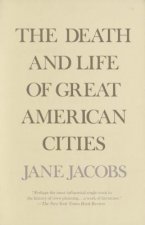
Death and Life of Great American Cities
85.28 zł -10 % -
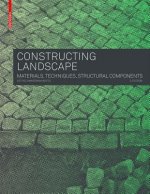
Constructing Landscape
231.96 zł -
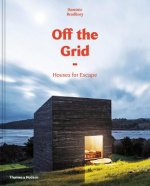
Off the Grid
178.21 zł -5 % -
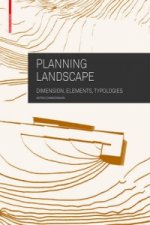
Planning Landscape
211.06 zł -
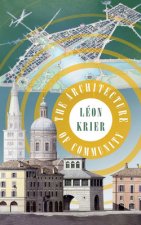
Architecture of Community
241 zł -
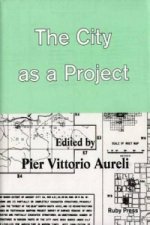
City as a Project
137.42 zł -5 % -
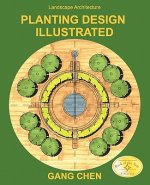
Landscape Architecture
238.99 zł -
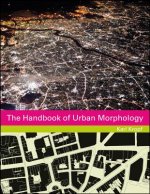
Handbook of Urban Morphology
320.46 zł -

A Pattern Language
276.86 zł -4 % -
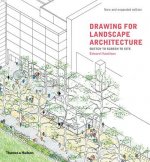
Drawing for Landscape Architecture
115.92 zł -23 % -
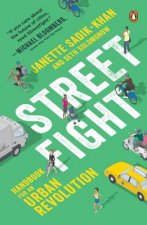
Streetfight
92.62 zł -11 % -
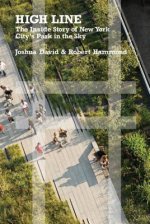
High Line
125.97 zł -11 % -
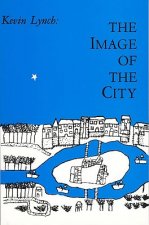
Image of the City
148.57 zł -11 % -
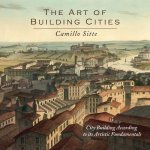
Art of Building Cities
59.56 zł -
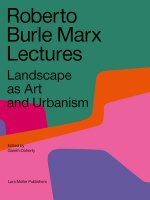
Roberto Burle Marx Lectures: Landscape as Art and Urbanism
132 zł -6 % -
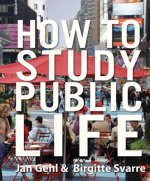
How to Study Public Life
172.68 zł -7 % -
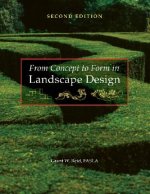
From Concept Form in Landscape Design 2e
344.58 zł -
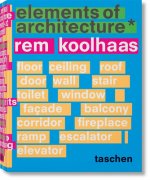
Elements of Architecture
695.79 zł -

Landscape and Garden Design Sketchbooks
161.63 zł -23 % -
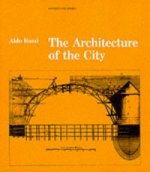
Architecture of the City
227.14 zł -12 % -
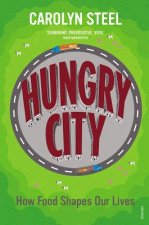
Hungry City
70.21 zł -23 % -

Mediterranean Landscape Design
115.92 zł -23 % -
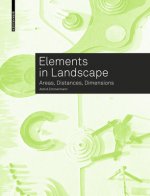
Elements in Landscape
187.25 zł -9 % -
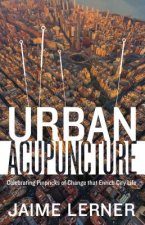
Urban Acupuncture
79.05 zł -7 % -
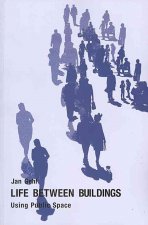
Life Between Buildings
200.31 zł -7 % -
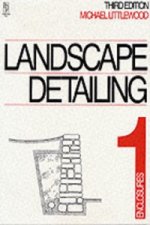
Landscape Detailing Volume 1
411.38 zł -
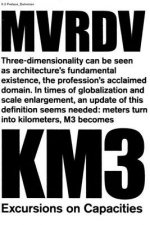
KM3 Excursions on Capacities
324.79 zł -5 % -
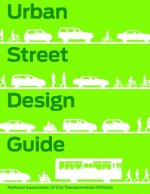
Urban Street Design Guide
244.31 zł -7 % -
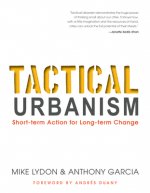
Tactical Urbanism
106.68 zł -7 % -
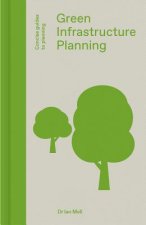
Green Infrastructure Planning
249.14 zł -6 % -
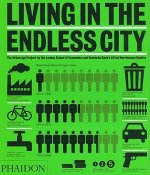
Living in the Endless City
343.57 zł -
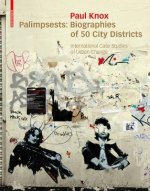
Palimpsests: Biographies of 50 City Districts
102.06 zł -9 % -
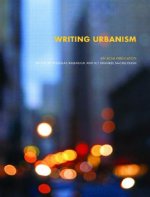
Writing Urbanism
335.33 zł -

Therapeutic Landscapes - An Evidence-Based Approach to Designing Healing Gardens and Restorative Outdoor Spaces
478.89 zł -
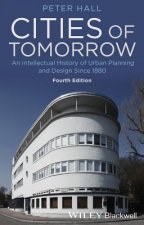
Cities of Tomorrow - An Intellectual History of Urban Planning and Design Since 1880 4e
198.10 zł -3 % -
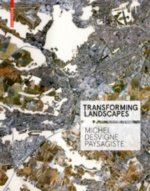
Transforming Landscapes
284.20 zł -7 % -

Professional Planting Design - An Architectural and Horticultural Approach for Creating Mixed Bed Plantings
427.66 zł -
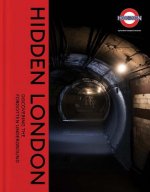
Hidden London
180.82 zł -
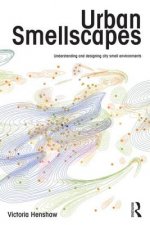
Urban Smellscapes
335.33 zł -
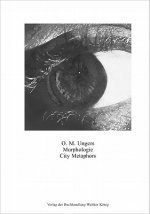
O.M. Ungers: Morphologie/City Metaphors
106.18 zł -

What Is Landscape?
73.23 zł -4 % -

Elements of Planting Design
309.01 zł -
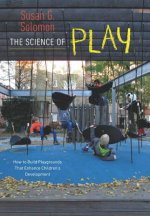
Science of Play
203.93 zł -
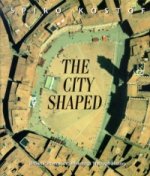
City Shaped
115.52 zł -23 % -
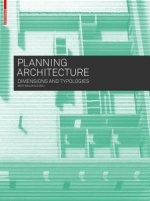
Planning Architecture
320.16 zł -10 % -

Dream Gardens of England: 100 Inspirational Gardens
183.53 zł -

1000x Landscape Architecture
412.79 zł -23 % -
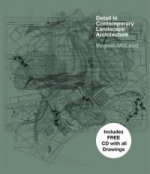
Detail in Contemporary Landscape Architecture
161.63 zł -23 % -
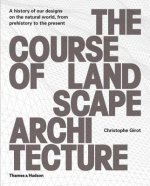
Course of Landscape Architecture
307.60 zł -7 %
zadowolonych klientów
Od roku 2008 obsłużyliśmy wielu miłośników książek, ale dla nas każdy był tym wyjątkowym.
Copyright! ©2008-24 libristo.pl Wszelkie prawa zastrzeżonePrywatnieCookies


 21 milionów książek
21 milionów książek Dostawa 10.99 zł
Dostawa 10.99 zł (32) 444 93 66 (8-15.30h)
(32) 444 93 66 (8-15.30h)